Filipino fisherman Larry Hugo worked fast to launch his small boat from Pag-asa, a small island which the Philippines occupies in the disputed Spratly archipelago in the South China Sea, before the sun set in the horizon.
Pag-asa, internationally known as Thitu Island and also claimed by China, Taiwan and Vietnam, sits far out at sea from the main Philippine islands and is inhabited by nearly 300 Filipinos.
Hugo has lived here for the past 15 years. The catch used to be enough to sustain his family until lately, when the presence of Chinese coast guard and militia ships all but forced him and other fishermen to venture closer to shore, he said.
The 45-year-old, who hails from the town of Roxas on Palawan island, is just one of many locals who refuse to give in to despair. Hugo recently spent half a day at sea and returned home with a small catch.
“Yesterday, I went out for fishing but I only got around four kilos (8.8 pounds) of small fish, just enough to cover my gasoline and food for two days,” he told BenarNews.
“Yearly, our catch declines because of the illegal fishing by the Chinese and the Vietnamese. Some of them were using dynamite and cyanide,” Hugo told BenarNews in Filipino outside a small grocery store where he hangs out with friends.
Earlier this month, BenarNews journalists spent four days on Pag-asa. It is one of about nine islands and atolls occupied by Manila in the Spratlys. The island hosts a small community and is equipped with a runway and a school.
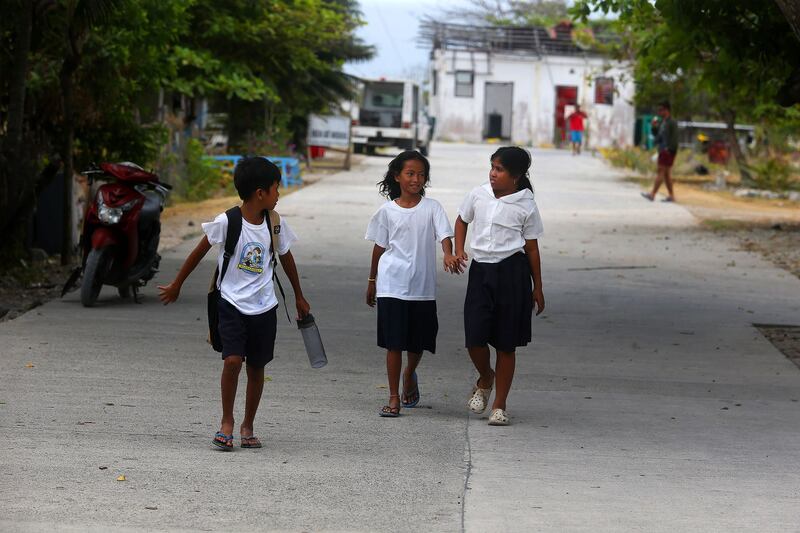
Pag-asa, the largest of the islands in the Spratly chain, is officially part of the Philippine province of Palawan. Pag-asa is about 300 miles (483 km) from Puerto Princesa, the capital of Palawan island in the western Philippines.
In recent years, more Chinese ships have traveled into waters around Pag-asa and made their presence felt, according to locals.
Along with Scarborough Shoal to the north, Pag-asa has been at the center of news headlines involving China, which claims large swathes of the South China Sea based on historical grounds.
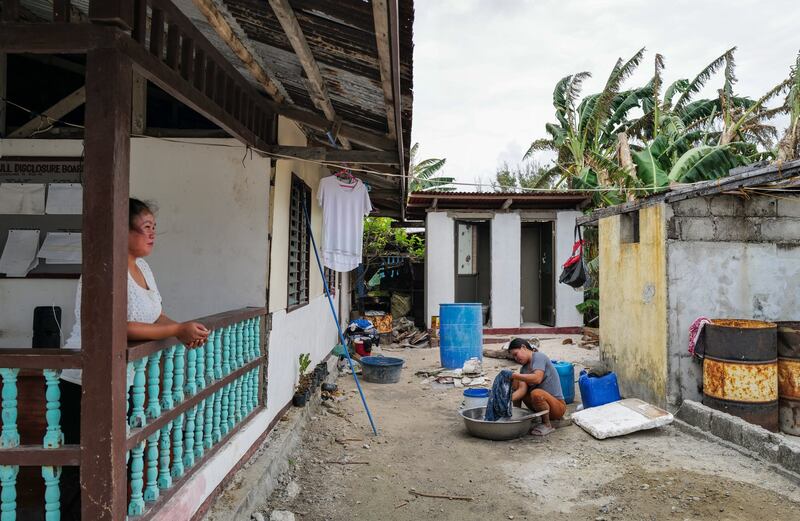
BenarNews reporters who joined a Philippine mission earlier in March to survey the island and its surrounding areas saw a Chinese fishing fleet, escorted by Chinese militia and coast guard ships as they deployed huge lights to attract fish to their nets.
The Philippines has accused China of illegally harvesting corals and of using dynamite to fish, an allegation Chinese officials have denied. Vietnamese officials also have denied the claim.
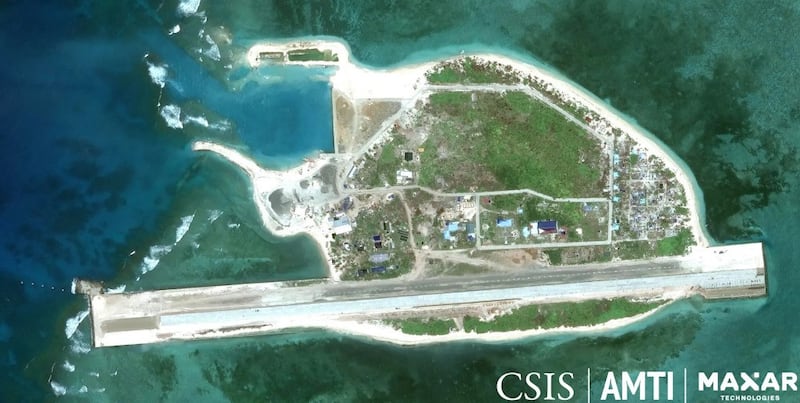
Jonathan Anticamara, professor at the Institute of Biology, College of Science, University of the Philippines-Diliman, said it was the first time marine research had been conducted in Sandy Cay, a sandbar located a few nautical miles from Pag-asa. The researchers' mission was to identify the corals, fish and invertebrates present in the feature.
“The main goal of this research I think, which is very interesting for the Filipinos, is that these are offshore reefs that belong to the Philippines and the Filipinos do not know so much about these reefs,” Anticamara said.
“So we need to know what’s going on with these reefs. So that’s why we need to go underwater and we need to see what’s in there,” he said.
The visit by the Filipino marine research expedition to Sandy Cay angered China, which complained that this had infringed on Chinese “territorial sovereignty.”
"Thirty-four individuals from the Philippines ignored China's warning and illegally landed on Tiexian Reef," China Coast Guard spokesman Gan Yu said in a statement, using the Chinese name for Sandy Cay.
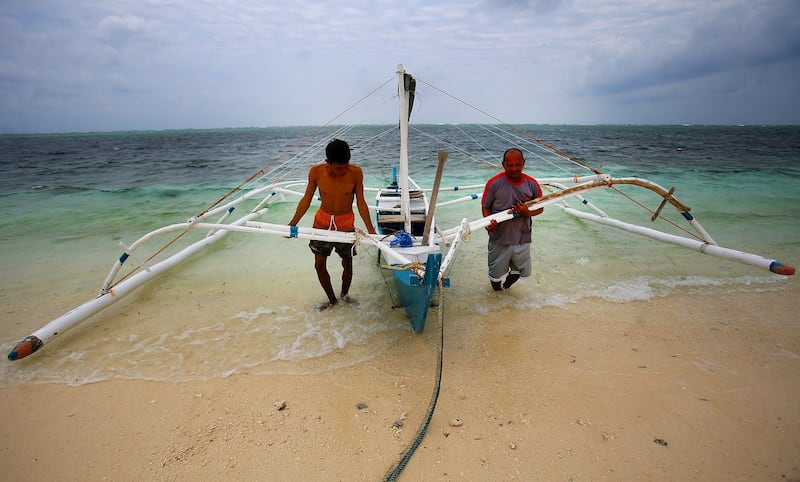
In September 2023, Philippine officials blamed Chinese maritime militia ships for massive destruction of coral reefs, particularly in the seabed of Rozul Reef and Escoda Shoal, both features near Palawan island.
Hugo said he and other fishermen have complained about “dwindling catch.”
“We only get a few fish here now compared to before. These illegal fishermen from China and Vietnam are destroying the fish sanctuaries,” he said.
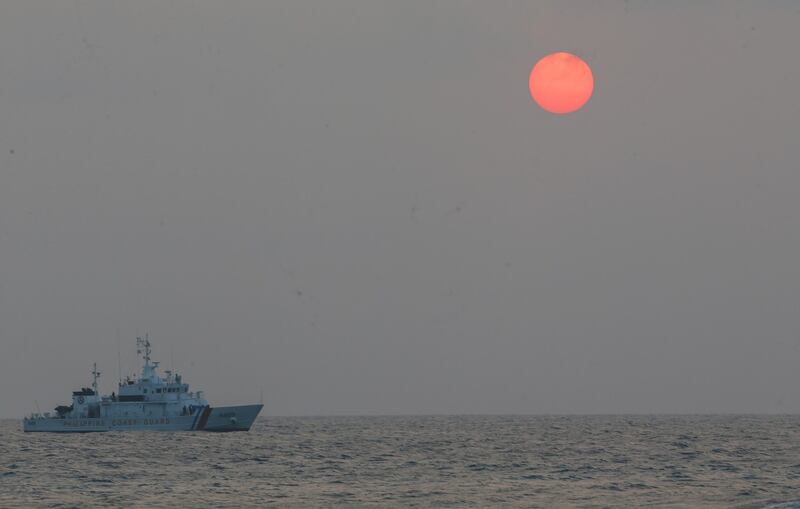
With no regular direct ships or commercial airline carrying people to and from the island, it has been impossible for Hugo and other residents to quickly cross to the main Philippine islands in cases of emergencies.
Since he moved to Pag-asa in 2009, Hugo said he had managed to leave it on rare occasions to visit his relatives on Palawan island.
“We just have to live with it. No regular aircraft of the Philippine Air Force was coming because of the bad condition of the runway. It was not concrete and was slippery when it rains,” he said.
That could be changing.
“But now it’s different. We have a good runway and the air force flies four times a week. People will just have to list their names for manifest and there will be prioritization depending on the importance of travel,” he said.
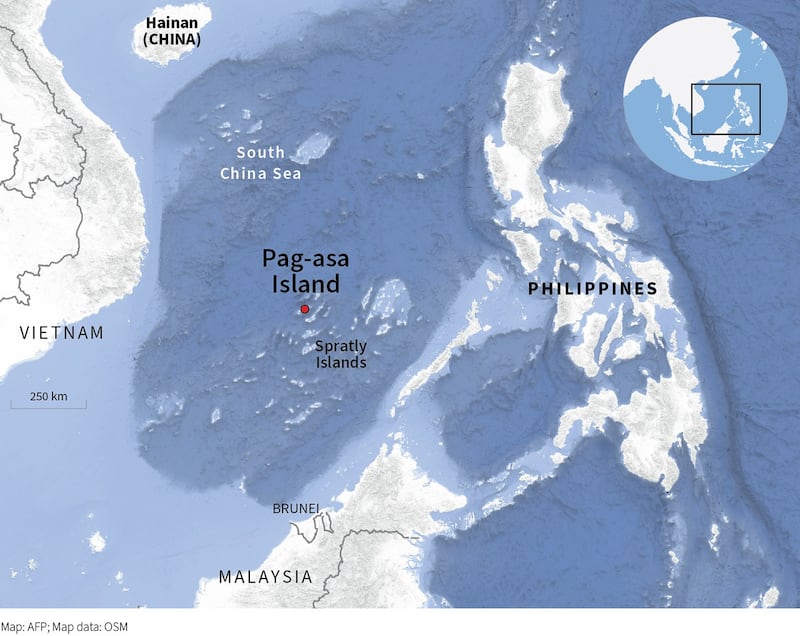
In January, Palawan Gov. Victorino Dennis Socrates traveled to Pag-asa, where he promised that the government would undertake efforts to boost “the country’s sovereignty in the region,” local media reported.
“To all our fellow countrymen across the Philippines, our claim to Kalayaan may just be words, but you being here, proving and shouting through your character, way of life and physical presence, truly affirms that Kalayaan is indeed part of the Philippines and Palawan,” Socrates said, according to Inquirer.net.
Pag-asa lies within the Kalayaan Islands, which are part of the Spratly chain.
“I believe the government is encouraging more people to come and settle here, not only in Pag-asa but in the outlying islands,” the governor said.
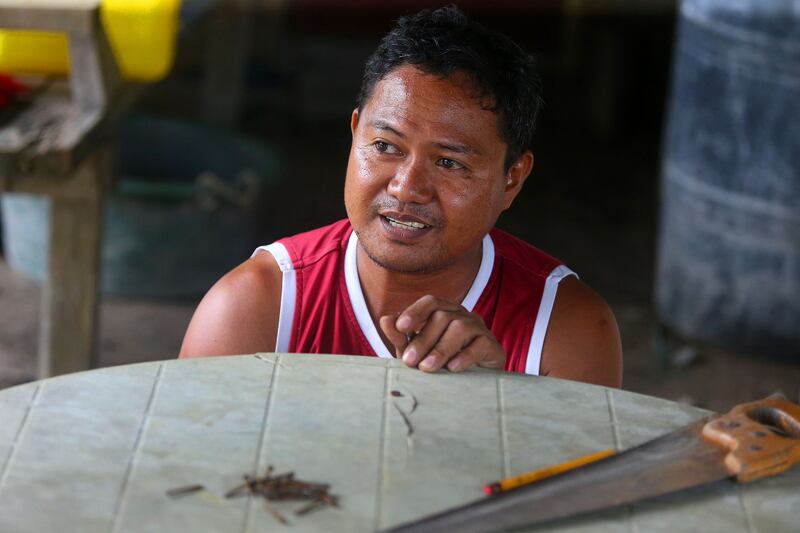
Despite the promises, constant harassment from the Chinese has made it difficult for fishermen, said Ricel Galvan, 37, who took a job with the school’s maintenance staff.
In 2018, residents were free to catch fish, but now the Chinese prevent them, he said.
“We were told by local officials to just lie low and choose a location far from the Chinese,” he told BenarNews.
To support his wife, Aileen, 34, who has been studying in Palawan to become a teacher and their children, aged 10 and 11, Galvan said he accepted a contract from the local government of Kalayaan to work as a support staff in the island.
At the same time, he maintains a small store selling supplies to his neighbors.
“Life here is very hard. Worst is the transportation. We can’t just get off the island if we want to,” he said. “We have no commercial transportation. We need to keep an eye and wait for the availability of government vessels.”
“It’s sad but life must go on. We just have to sacrifice a little,” he said.
BenarNews is an RFA-affiliated online news organization.
